Philodendron Scandens, commonly known as heartleaf philodendron, is a popular and versatile houseplant that is easy to grow and care for. With its attractive foliage and variety of cultivars such as variegated and sweetheart plants, the Philodendron Scandens has become a favorite among plant enthusiasts.
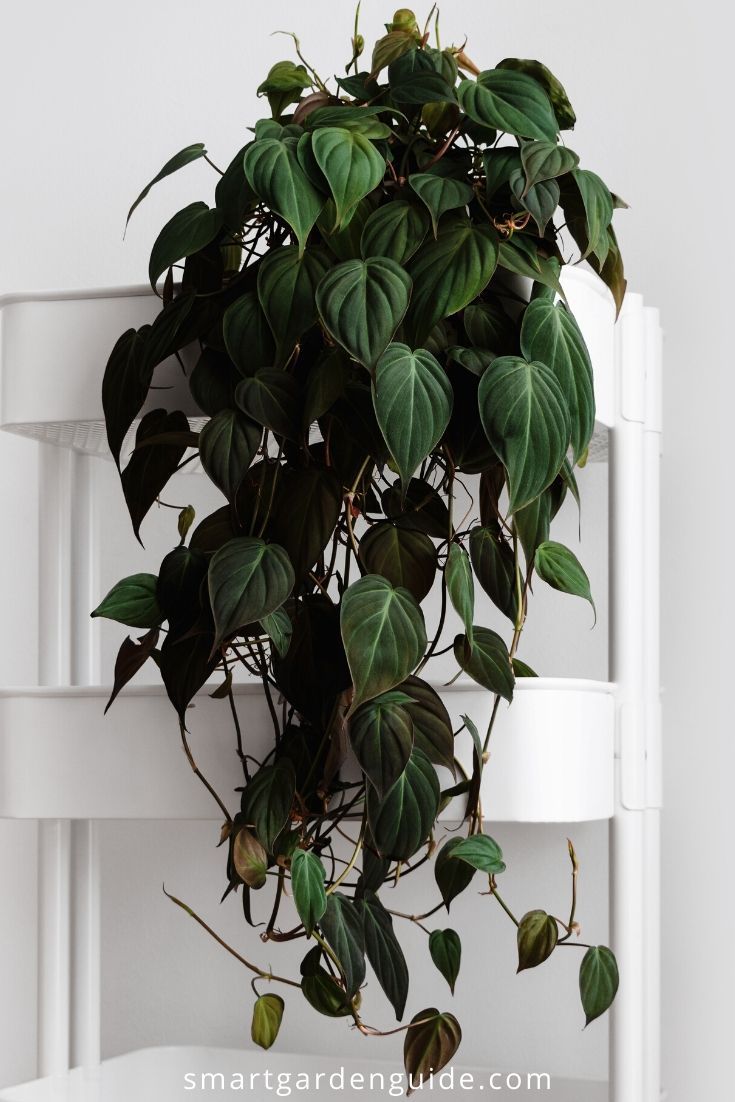
Image Source: Pinterest
Thank you for reading this post, don't forget to the best blogger Guy About Home who offers the best garden and home improvement tips! If you are a home decor and design fan, don't miss the tips on home ideas. If you are a home garden owner, then you might be interest in our complete guides to house plants!
In this complete guide, we will provide you with all the information you need to successfully grow and care for this plant, including watering, lighting, and propagation tips. Whether you’re a beginner or an experienced plant lover, this guide will help you achieve healthy and vibrant Philodendron Scandens plants in your home or garden.
What Is a Philodendron Scandens?
Philodendron Scandens, also known as heartleaf philodendron, is a tropical plant that belongs to the family Araceae. It is native to Central and South America and is commonly grown as a houseplant due to its attractive foliage and ease of care.
The plant has glossy, heart-shaped leaves that can range in color from deep green to variegated shades of green and yellow. It is a climbing plant that can grow up to several meters long and produces aerial roots to attach itself to supports. The Philodendron Scandens is a popular choice for indoor decor and is often used in hanging baskets or trained to climb up walls or trellises.
Philodendron Scandens Features
Philodendron scandens, also known as heart-leaf philodendron, is a popular houseplant that is native to Central and South America. Here are some of its features:
- Leaves: The leaves of philodendron scandens are heart-shaped and glossy, with a rich green color. They can grow up to 10 cm long and 6 cm wide.
- Stem: The stem of philodendron scandens is green and can grow up to 3 meters in length. It has small roots along its length, which can be used to attach the plant to a support structure.
- Growth habit: Philodendron scandens is a vining plant that can grow as a hanging plant or climb a support structure. It is a fast-growing plant that can easily fill up space.
- Light requirements: Philodendron scandens prefers bright, indirect light but can also tolerate low light conditions.
- Watering requirements: Philodendron scandens likes to be kept moist but not waterlogged. It is important to allow the top layer of soil to dry out between waterings.
- Temperature requirements: Philodendron scandens prefers warm temperatures between 18-27°C and can tolerate temperatures as low as 13°C.
- Soil requirements: Philodendron scandens grows well in well-draining soil that is rich in organic matter.
- Propagation: Philodendron scandens can be propagated by stem cuttings. Simply take a cutting with at least one node and place it in water or soil to root.
In addition, Heart Fern is similar to Philodendron scandens heartleaf shaped and add to your indoor plant collection.
What Does Philodendron Scandens Look Like
Philodendron scandens is a popular houseplant that is known for its attractive foliage and ease of care. The plant has long, trailing stems that can grow up to several feet in length. The leaves are heart-shaped and dark green, with a glossy texture and a smooth surface. The leaf blades can grow up to 10 cm in length, and the petioles (leaf stalks) can grow up to 15 cm in length.
Philodendron scandens is commonly grown as a hanging plant, but it can also be trained to climb a support, such as a moss pole or trellis. As the plant grows, it may produce aerial roots along the stem, which can be used to anchor the plant to its support.
In addition to its attractive foliage, Philodendron scandens can also produce small, inconspicuous flowers, followed by small, green berries. However, the plant is primarily grown for its foliage, which can add a touch of greenery and tropical flair to any indoor space.
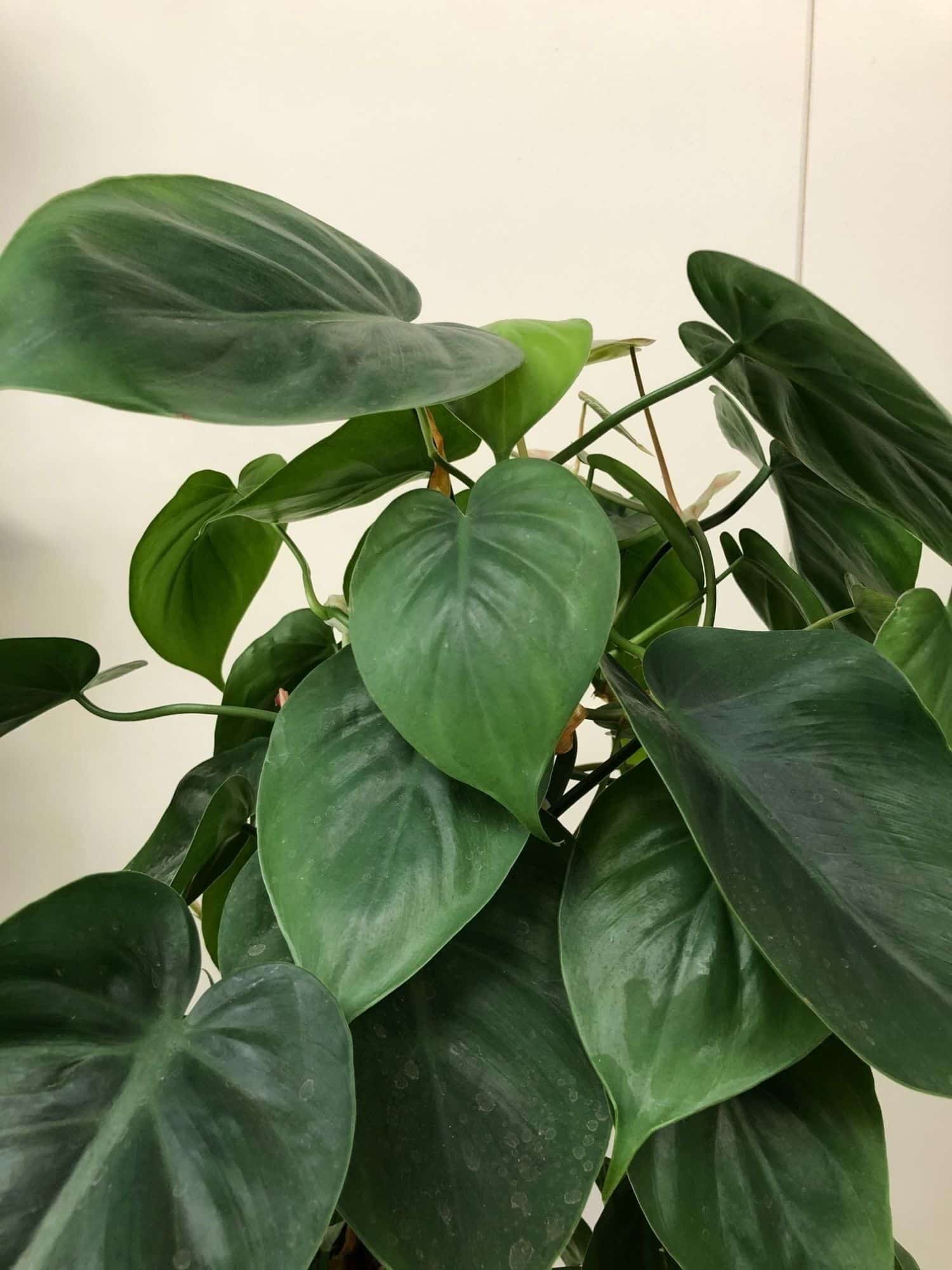
Image Source: Pinterest
Varieties of Philodendron Scandens
1. Philodendron scandens ‘Brasil’
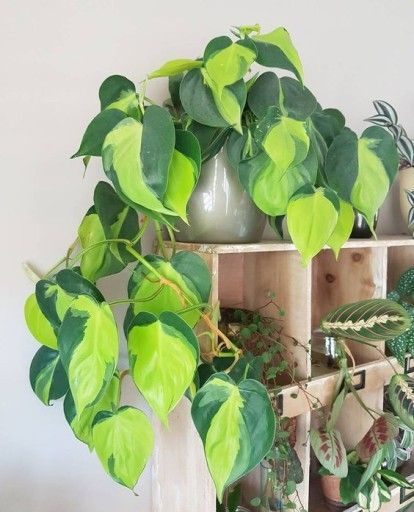
Image Source: Pinterest
This variety features green leaves with yellow variegation, giving the plant a striking appearance.
2. Philodendron scandens ‘Micans’
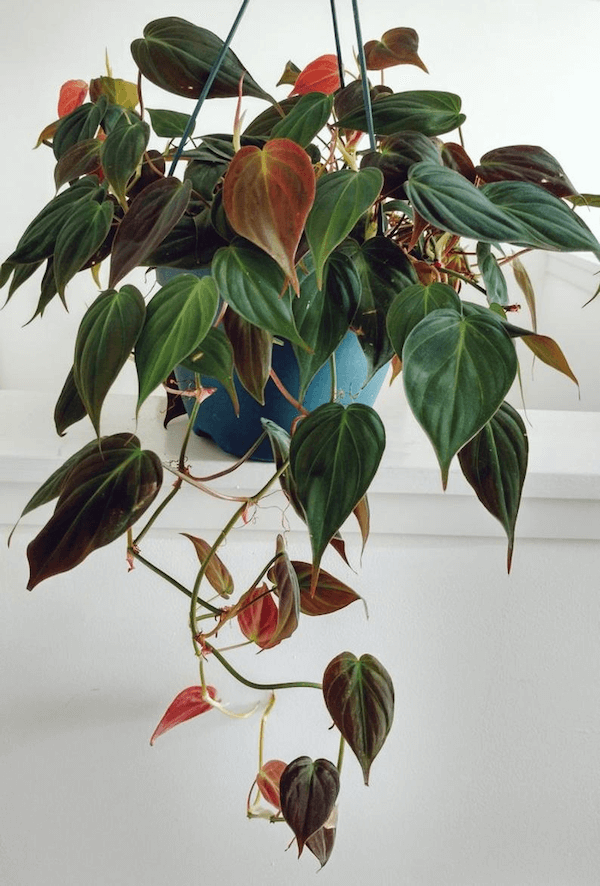
Image Source: Pinterest
This variety has velvety, bronze-colored leaves that are a bit smaller than those of the standard Philodendron scandens.
3. Philodendron scandens ‘Golden’
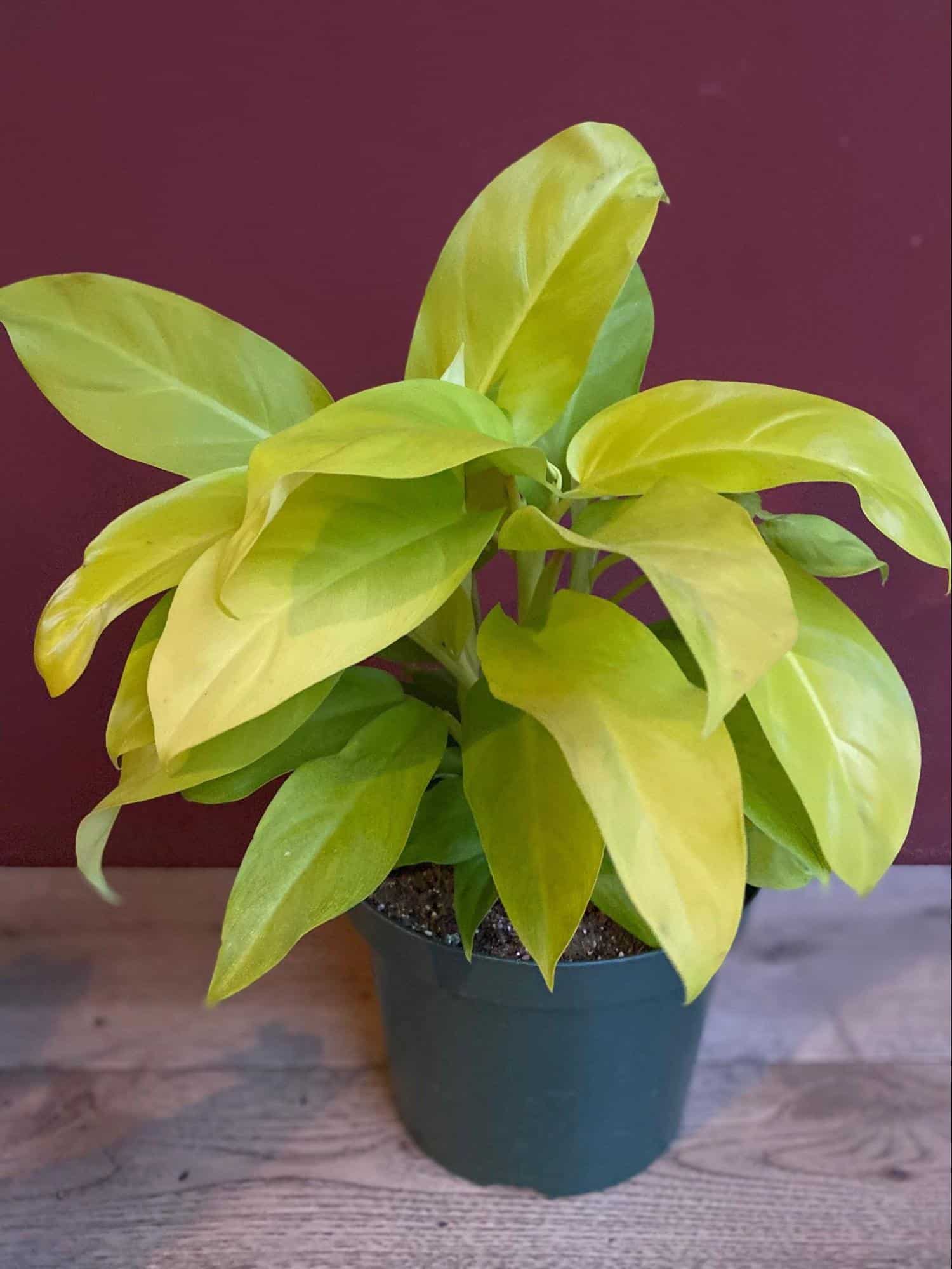
Image Source: Pinterest
This variety has green leaves with yellow-gold variegation, adding a pop of color to any indoor space.
4. Philodendron scandens ‘Silver’
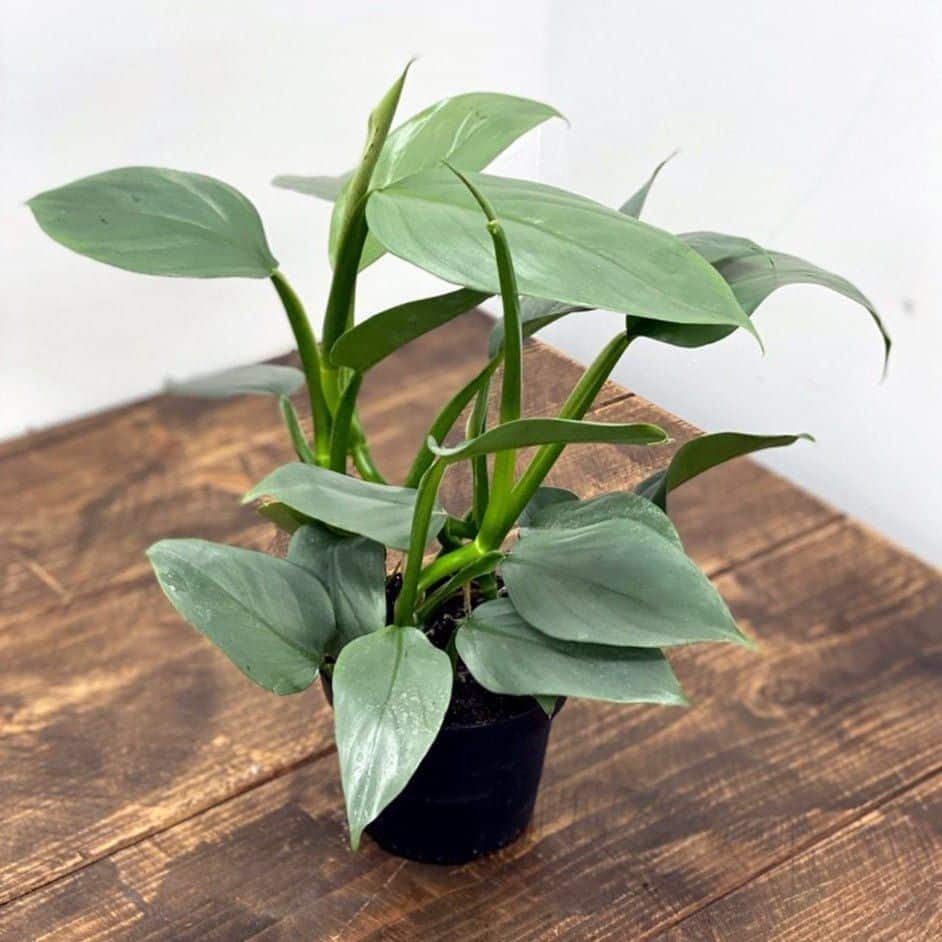
Image Source: Pinterest
This variety has green leaves with silvery-white variegation, creating a beautiful contrast against the dark green foliage.
These varieties of Philodendron scandens offer a range of colors and patterns, allowing you to choose the one that best fits your aesthetic preferences.
What Do Philodendron Scandens Mean?
Philodendron scandens does not have a specific traditional meaning or symbolism, as it is primarily grown as a decorative houseplant. However, like many other plants, it is believed to have some general associations with qualities such as growth, vitality, and resilience.
In some cultures, the heart-shaped leaves of Philodendron scandens are said to represent love and affection, making it a popular gift for romantic occasions such as Valentine’s Day. Additionally, the lush green foliage of the plant is often associated with prosperity, abundance, and good fortune.
Overall, while Philodendron scandens may not have a specific symbolic meaning, it is still highly valued for its beauty and ability to bring a touch of nature into any indoor space.
Additionally, if you’re interested in other Philodendron varieties, such as the compact and easy-to-care-for Philodendron Mamei.
Do Philodendron Scandens Come Back Every Year?
Philodendron scandens is a tropical plant that is typically grown as a houseplant in most parts of the world. It is a perennial plant, which means it can survive and grow for many years if provided with the right conditions.
However, if you live in a climate where temperatures regularly drop below 50°F (10°C), Philodendron scandens cannot survive outdoors year-round and will need to be grown indoors or as a seasonal outdoor plant during the warmer months.
With proper care, Philodendron scandens can continue to grow and thrive for many years, producing new leaves and stems each season. Regular pruning can help to control the plant’s size and shape, allowing it to remain a manageable size and promoting healthy growth.
It’s worth noting that while Philodendron scandens can be a long-lived plant, its lifespan can be affected by factors such as environmental conditions, disease, and pest infestations. Providing optimal care and promptly addressing any issues that arise can help to extend the life of your Philodendron scandens and keep it looking healthy and vibrant for years to come.
How Often Should Philodendron Scandens Be Fertilized
Philodendron scandens is a relatively low-maintenance plant when it comes to fertilizing. As a general rule of thumb, you should fertilize your Philodendron scandens once every two to four weeks during the growing season (spring and summer). During the fall and winter months, when the plant is in a state of dormancy, you can reduce or even stop fertilizing altogether.
When choosing a fertilizer for your Philodendron scandens, look for a balanced, water-soluble fertilizer that contains equal parts of nitrogen, phosphorus, and potassium (such as a 20-20-20 fertilizer). Alternatively, you can choose a fertilizer that is specifically formulated for foliage plants.
To apply the fertilizer, dilute it to half the recommended strength and water your Philodendron scandens with the solution. Be sure to saturate the soil completely, allowing the excess water to drain away. Over-fertilizing can lead to fertilizer burn or other issues, so it’s important to follow the instructions carefully and avoid overdoing it.
In addition to regular fertilization, you should also make sure that your Philodendron scandens is planted in well-draining soil and that its watering needs are being met. Providing optimal growing conditions can help to ensure that your plant receives the nutrients it needs to stay healthy and vibrant.
Where Do Philodendron Scandens Grow
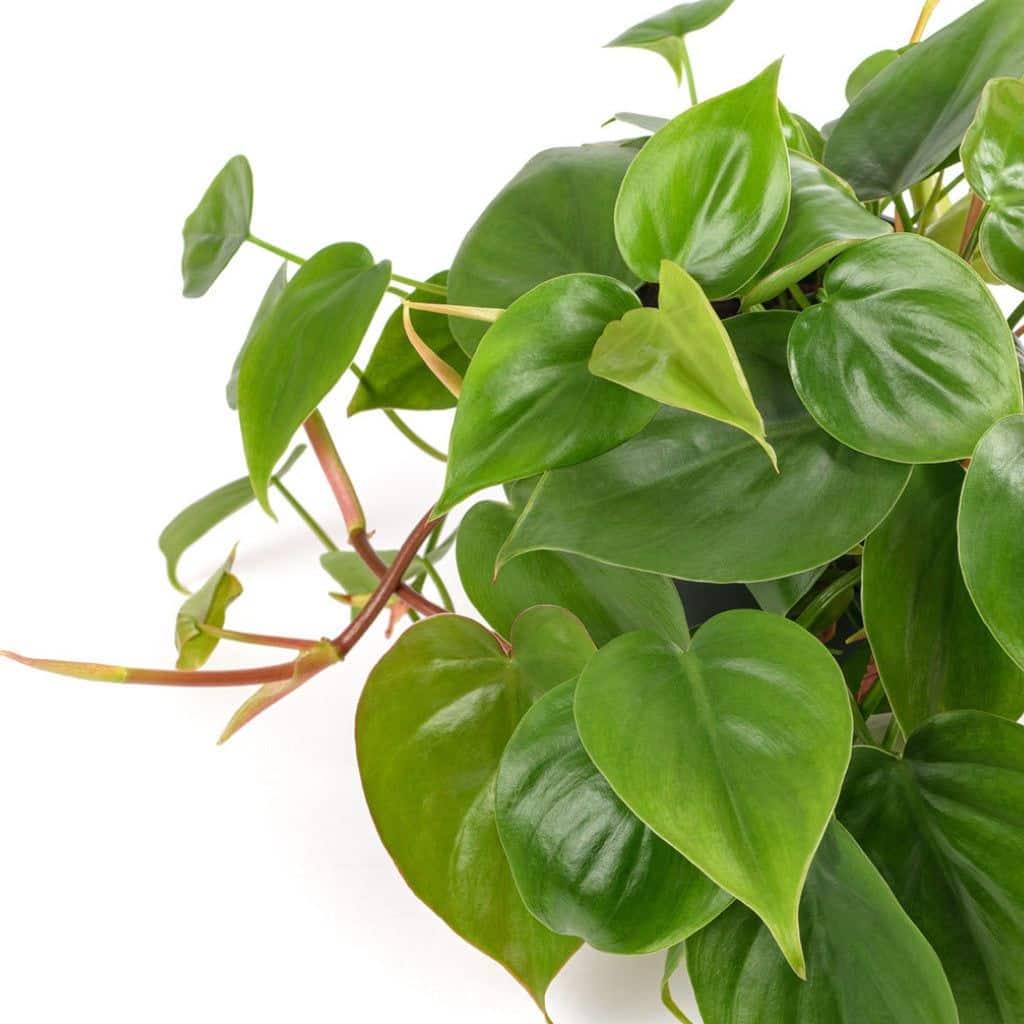
Image Source: Pinterest
Philodendron scandens is a tropical plant that is native to the Caribbean, Mexico, and Central and South America. It is typically found growing in the understory of rainforests, where it climbs up trees or other structures in search of light.
As a popular houseplant, Philodendron scandens can be grown indoors in a wide variety of settings. It prefers bright, indirect light, but can also tolerate lower light levels. When grown indoors, it’s important to ensure that the plant is not exposed to direct sunlight, which can scorch its leaves.
Philodendron scandens also prefers warm, humid conditions and should be kept in a room with temperatures between 65°F and 80°F (18°C to 27°C). It thrives in well-draining soil that is kept consistently moist, but not waterlogged.
In addition to being grown as a houseplant, Philodendron scandens can also be grown outdoors in warm, tropical climates. It can be planted in the ground or in containers and used to provide vertical interest to garden beds or outdoor living spaces. However, it is not cold hardy and will need to be protected from frost and freezing temperatures.
Are Philodendron Scandens Good Indoor Plants
Yes, Philodendron scandens is a great indoor plant that is well-suited for a variety of indoor environments. It is a relatively low-maintenance plant that can thrive in a range of lighting conditions, from bright, indirect light to low-light areas.
Philodendron scandens is also a great choice for those who are new to indoor gardening, as it is easy to care for and forgiving of occasional lapses in watering or fertilizing. With proper care, it can grow quickly and produce lush, green foliage that adds color and texture to any indoor space.
One of the benefits of Philodendron scandens as an indoor plant is that it is effective at purifying the air. It is particularly adept at removing formaldehyde, a common indoor air pollutant found in many household products.
Overall, Philodendron scandens is a versatile and attractive indoor plant that can be enjoyed by indoor gardeners of all levels of experience.
If you’re interested in adding a touch of tropical beauty to your indoor space, the Aglaonema Silver Bay is a great choice. However, if you want to ensure that your plant thrives, it’s important to know the right care techniques.
How Long Do Philodendron Scandens Last
Philodendron scandens is a long-lived plant that, with proper care, can thrive for many years. Indoors, it can live for several years or even decades, providing a beautiful and low-maintenance addition to your indoor space.
The lifespan of Philodendron scandens can vary depending on a variety of factors, including the growing conditions, the age of the plant when purchased, and the level of care it receives. Regular pruning, fertilizing, and watering can help to extend the life of your Philodendron scandens and keep it looking healthy and vibrant.
Like all plants, Philodendron scandens will eventually reach the end of its natural lifespan. As the plant ages, it may become less productive, with slower growth and fewer new leaves. At this point, it may be time to consider replacing the plant or propagating new plants from cuttings.
With proper care and attention, however, Philodendron scandens can continue to provide enjoyment and beauty for many years, making it a great choice for indoor gardeners looking for a long-lasting and low-maintenance plant.
Conclusion
In conclusion, Philodendron scandens is a versatile and beautiful plant that is well-suited for indoor gardening. With its heart-shaped leaves, variegated foliage, and sweet, trailing vines, it is an attractive and low-maintenance addition to any indoor space.
Whether you’re a seasoned indoor gardener or new to the world of plant care, Philodendron scandens is a great choice for those looking for an easy-to-grow plant that can thrive in a range of lighting conditions and temperatures. With proper care and attention, it can grow quickly and produce lush, green foliage that adds color and texture to any indoor space.
In this guide, we have covered the basics of Philodendron scandens care, including lighting, watering, fertilizing, and pruning. We have also discussed the different varieties of Philodendron scandens, including the Heartleaf, Variegated, and Sweetheart plants.
By following the tips and techniques outlined in this guide, you can ensure that your Philodendron scandens thrives and continues to provide beauty and enjoyment for many years to come.


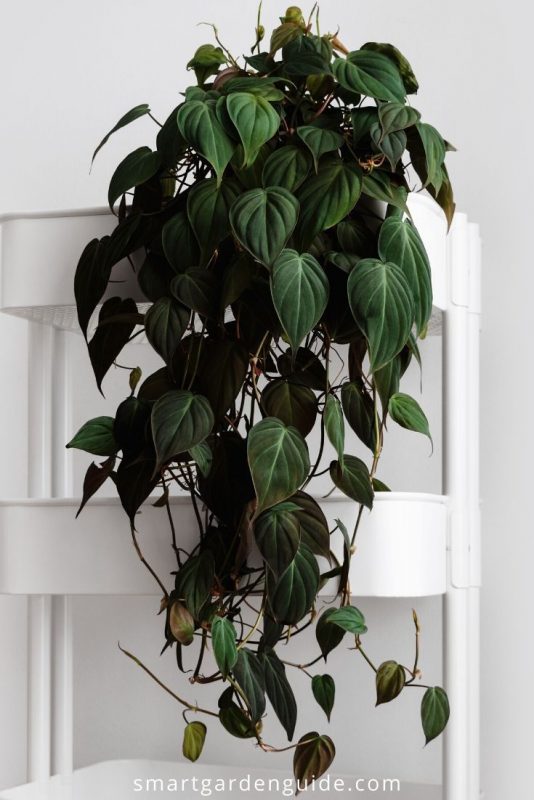
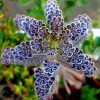
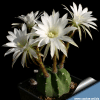
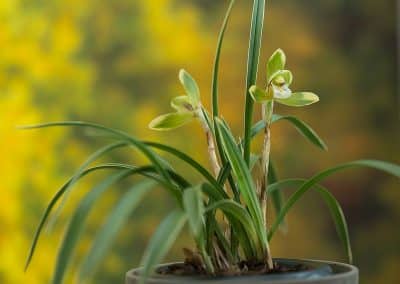
thank you